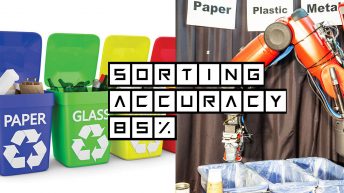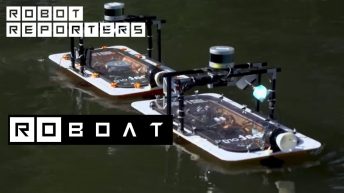The M-Blocks robotic cubes are capable of climbing on each other, jumping through the air or roll across the ground to connect and create new structures. These abilities could be used in disaster relief – for example, to create escape stairs for a burning building.
The research team from MIT’s Computer Science and Artificial Intelligence Laboratory (CSAIL) created these modular robots that show a hive-like coordination.
The M-Blocks can communicate and identify each other (with a barcode system) to execute simple tasks together. They attach to one another using the permanent magnets on their faces.
Each robot can move on its own thanks to a flywheel spinning at 20,000 revolutions per minute, and then use the momentum when the flywheel is braked.
“The unique thing about our approach is that it’s inexpensive, robust, and potentially easier to scale to a million modules,”
CSAIL PhD student John Romanishin, lead author on a new paper about the M-Blocks
Beyond disaster relief, the researchers imagine using the blocks for things like gaming, manufacturing, and health care.
MIT is a pioneer in swarming robots that can autonomously connect into new configurations. For example, the robotic boats RO-BOAT that can form pop-up bridges, stages, and other structures. Or the particle robots, developed in collaboration with Cornell, Columbia and Harvard. They connect, move around or transport objects or complete other tasks.
Article source:
https://news.mit.edu/2019/self-transforming-robot-blocks-jump-spin-flip-identify-each-other-1030



